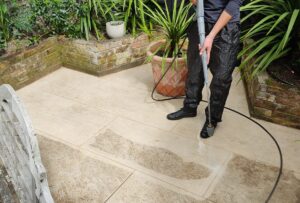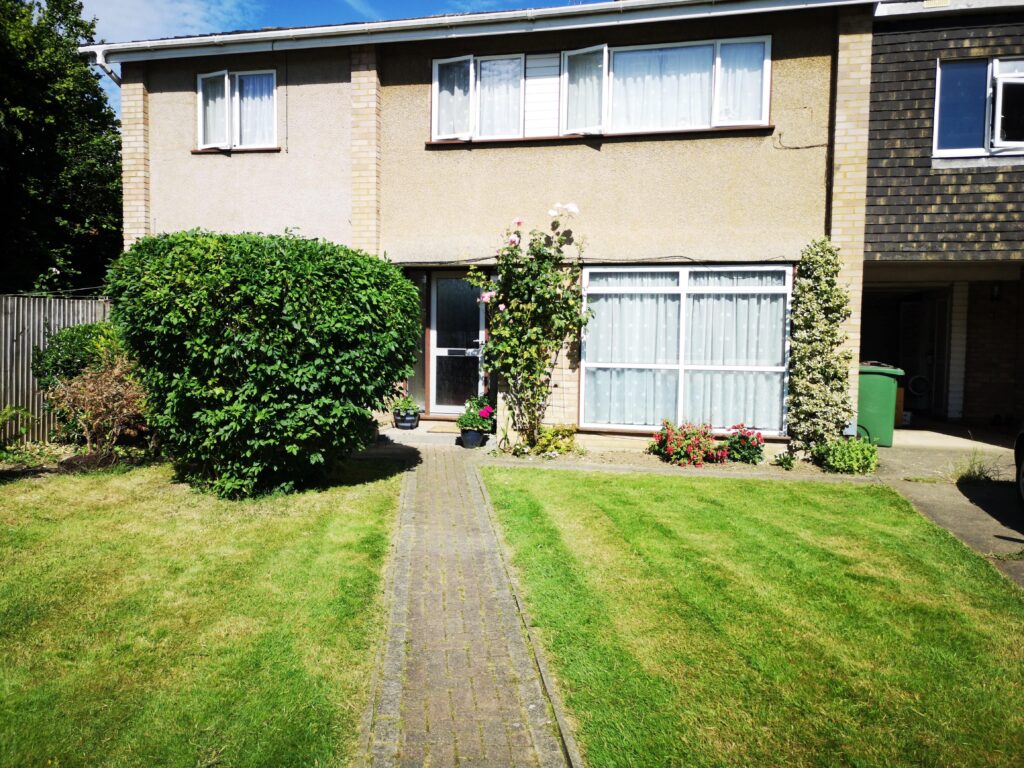
Garden Weed Control
3 tips for weed control
- By professionalgardening
professional gardening2016@gmail.com
+44 7492 657585
Priory Gardens, UK

Weeds are aggressors your garden does not need. They grow and spread rapidly, suppress your ornamental crops and edibles, and are a nightmare to get rid of once they go out of control. The good thing is, some effective techniques can lead your garden to a weed-free path.
Keep on reading for pro tips on how to properly manage your plants and eradicate weed problems in the long term.
A weed-free garden is every outdoor enthusiast’s dream. The good thing is, it is not a hard task to achieve. It simply requires a gardener’s time, dedication, patience, and enforcement of proven weed control tactics.
Invasive plants are easy to spot so you can weed them out before they ruin the backyard aesthetics and suffocate the greenery. As a preventive measure against future weed spread, we would advise you to apply the following practices:
When it comes to weeding, the best thing you can do to prepare the soil for extraction is to keep it moist. The damp ground is easier to work with, as some weeds have deep, entangled, and hard-to-remove roots.
It is a good gardening practice to start the weeding process right after it rains. The soil is muddy and mushy, and the conditions stimulate unwanted seedlings to develop faster, making it the perfect time to easily pull out weeds.
In case your local weather shows no chance of rain, yet, your outdoor space is already weed infested – water soil manually to loosen it, and get to work! Remember to remove unwelcomed plants entirely, from the root to the seed head. Proper disposal is also mandatory, otherwise, new weed seeds might find their way back into your garden.
It is imperative to mind the gap between your greens. If you plant your garden ornamentals or edibles too close together, then they might interfere with each other’s natural growth process. On the other hand, if you widely scatter them around, your garden would have odd-looking “bald spots” and weeds will have even more soil to grow freely on.
With that in mind, knowing how to space your plants might save your crops. Our advice is, to consult with specialists and follow recommended spacing guidelines for each specific plant. Place greens as close as possible so they do not suffer when growing to their full potential.
By applying this technique, weeds have a less available area to infest. Moreover, they would barely get any sunlight – a factor they depend on for development and seed germination. If your greens require wide spacing though, consider mulching. It will keep your plants healthy and flourishing and will restrict weeds from germinating, growing, and spreading.
Just like any other plant, an invasive one needs moisture to thrive. That being said, water access limitation is a proven procedure to dry out weeds and reduce seed germination.
Although depriving weeds of water is an excellent weeding-friendly strategy, make sure you still water and take care of your actual garden plants. For better results and precise spot watering, try drip irrigation by installing drip or soaker hoses underneath the mulch. If you have a tiny garden, then you can water it manually.
Beyond these strategies, our advice is to remove weeds while they are still seedlings, perform regular weed inspections, and do weeding at least once a week (if needed). Also, keep your soil rich in nutrients. Natural soil feeding like adding compost and organic matter is key to a healthy garden.
Are you ready to clean and restore your garden surfaces? Get a quote for our gardening services now.

Meet Nikolay, a talented blog and content writer with years of experience creating engaging and informative content for a variety of industries.


TO CELEBRATE OUR NEW WEBSITE WE WANT TO GIVE YOU
